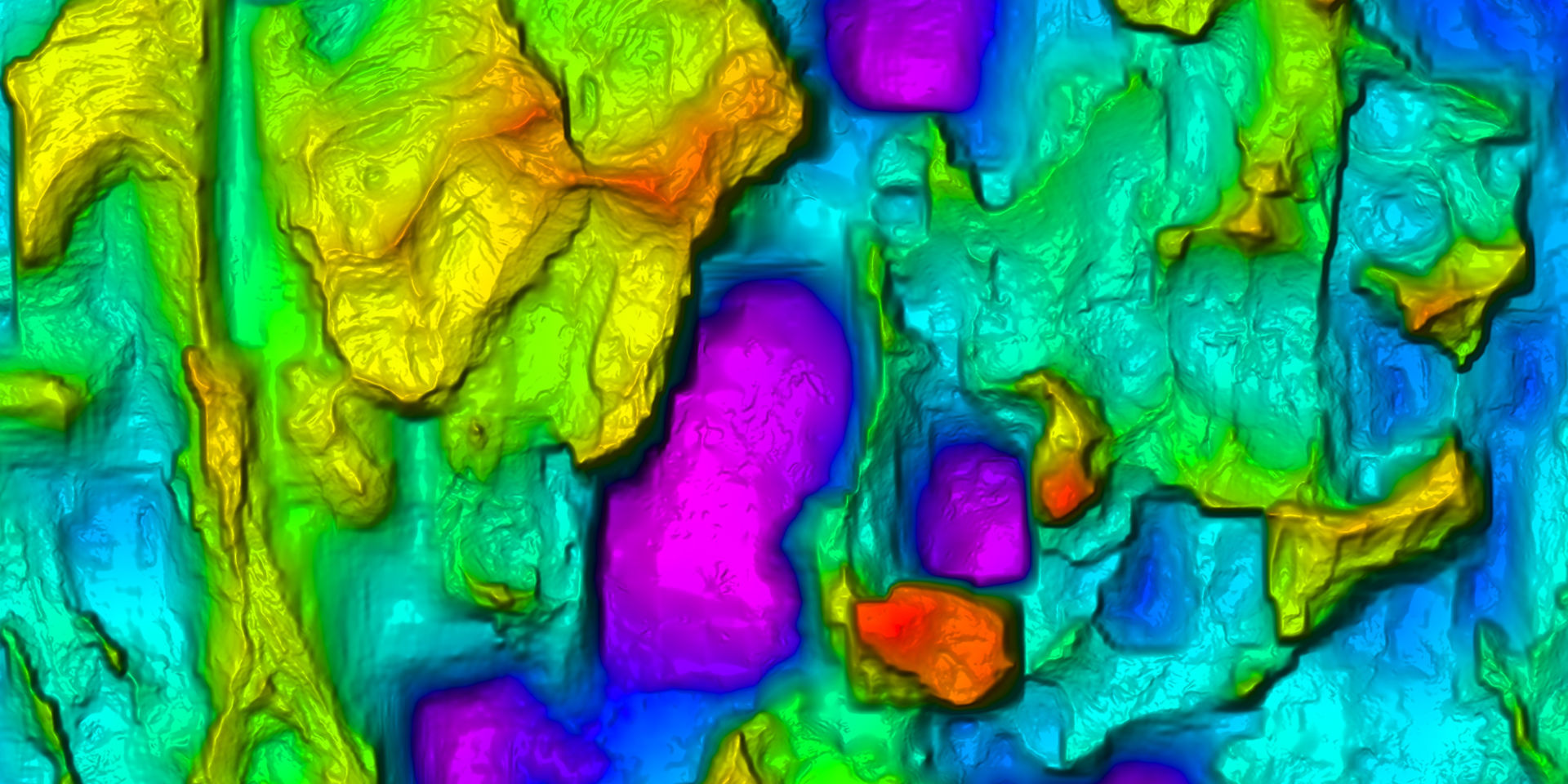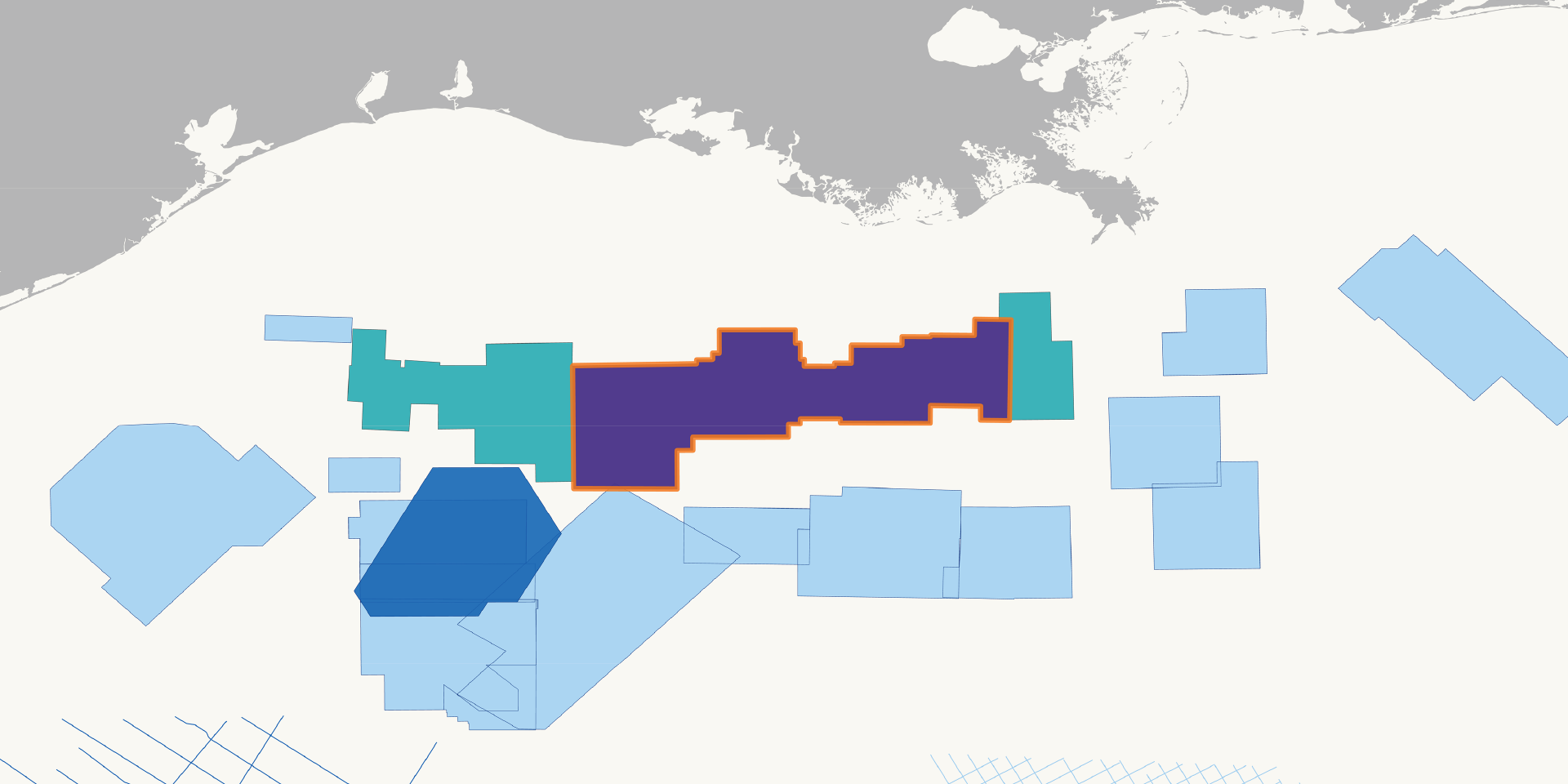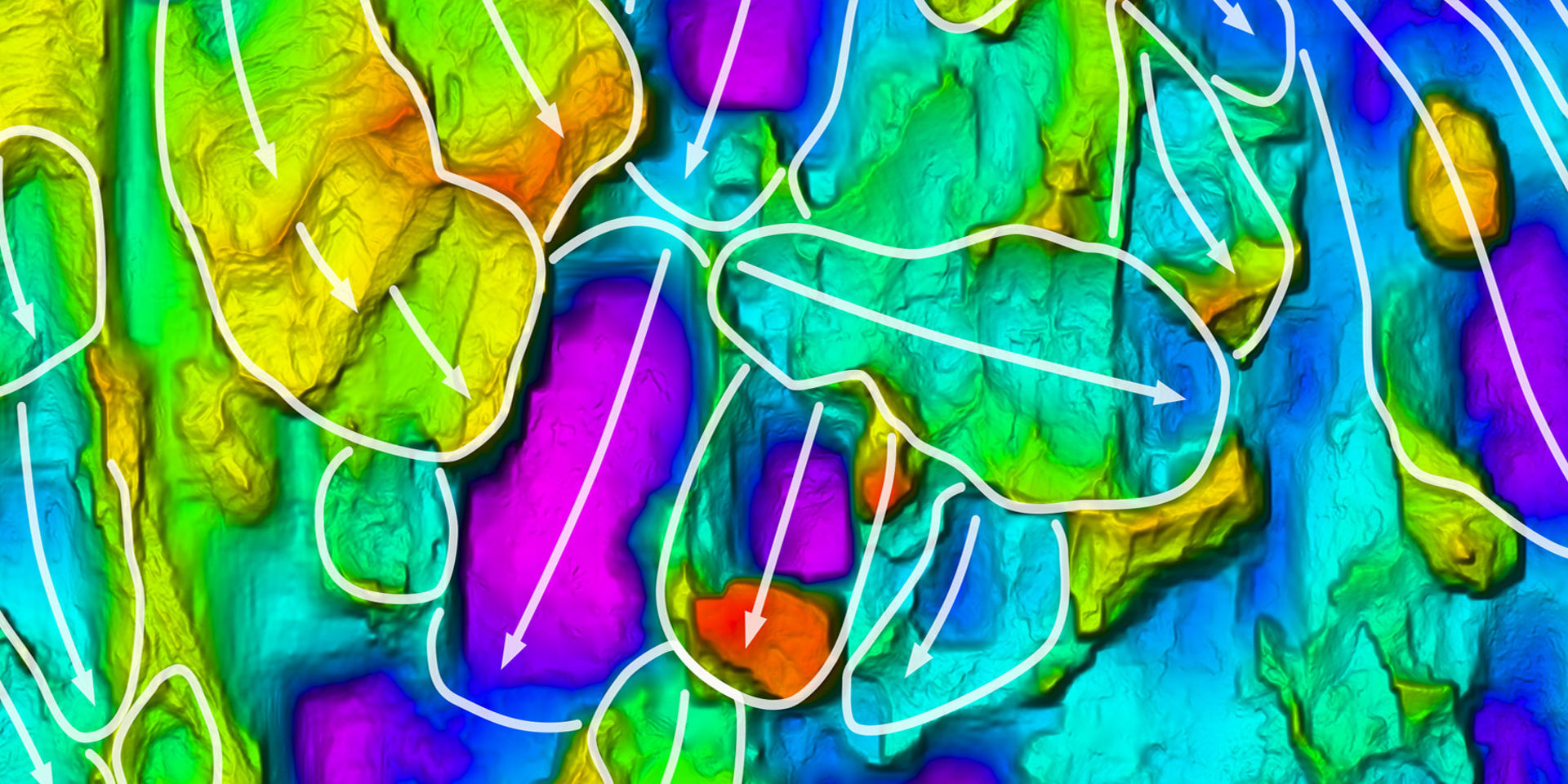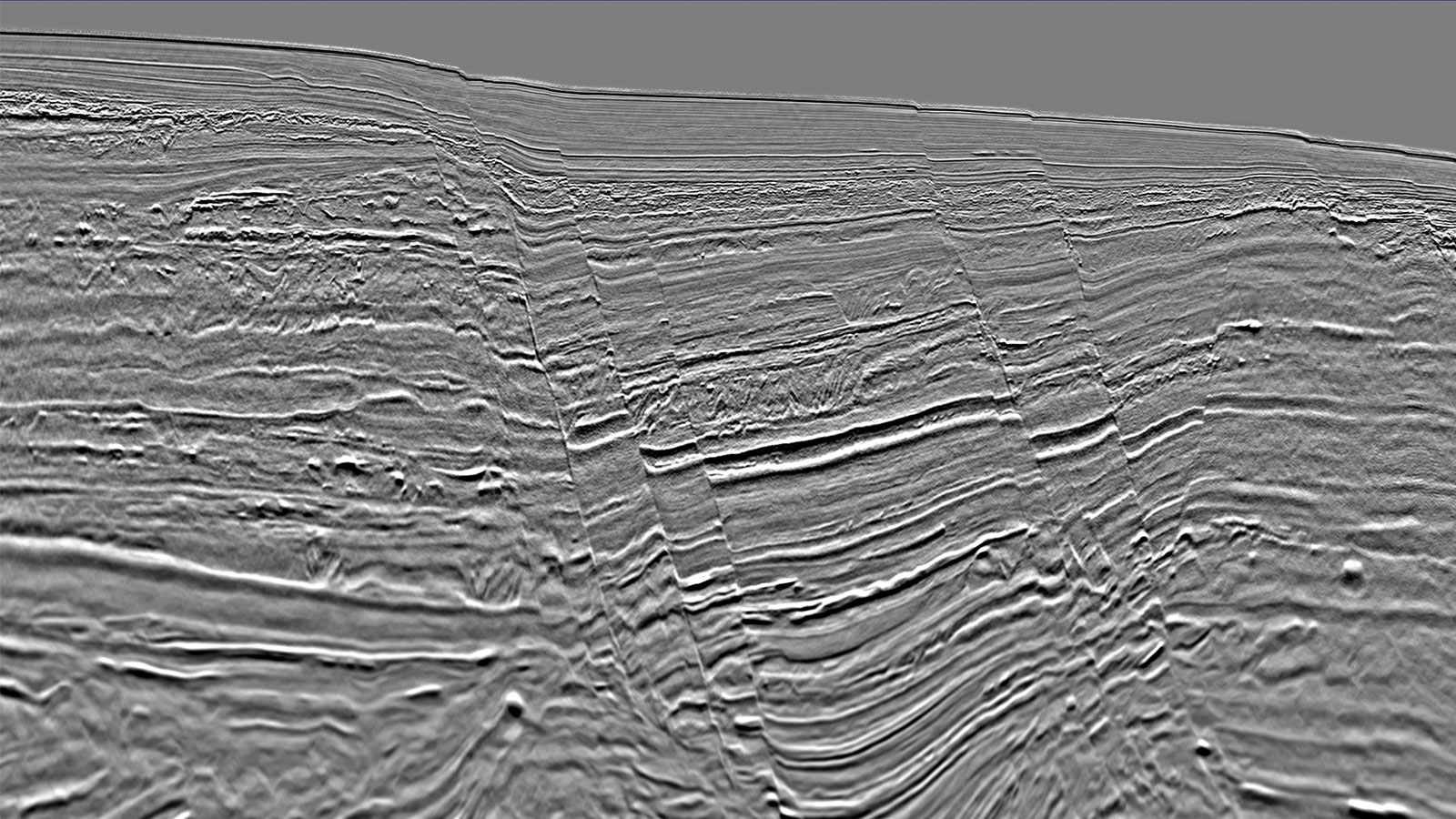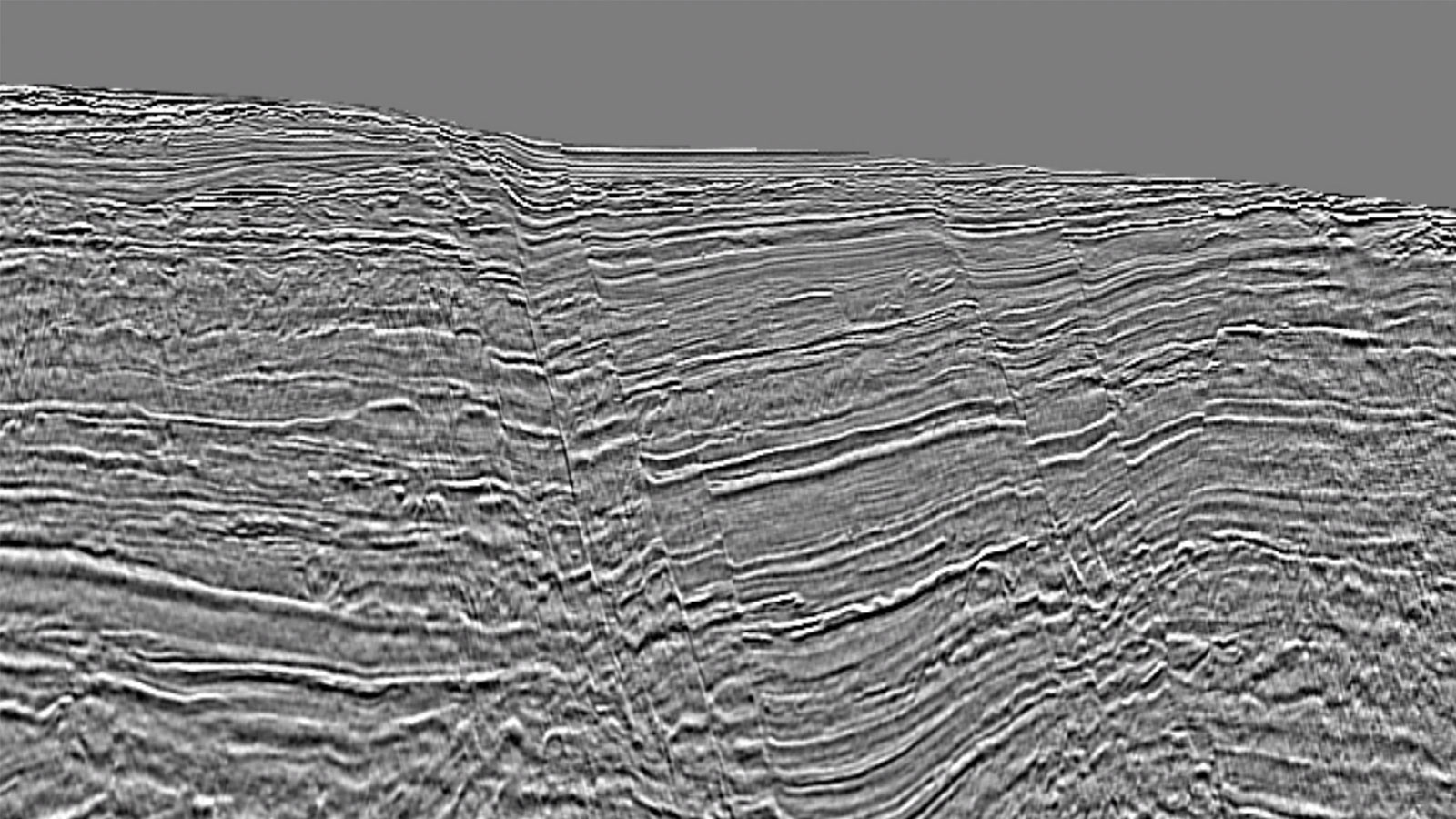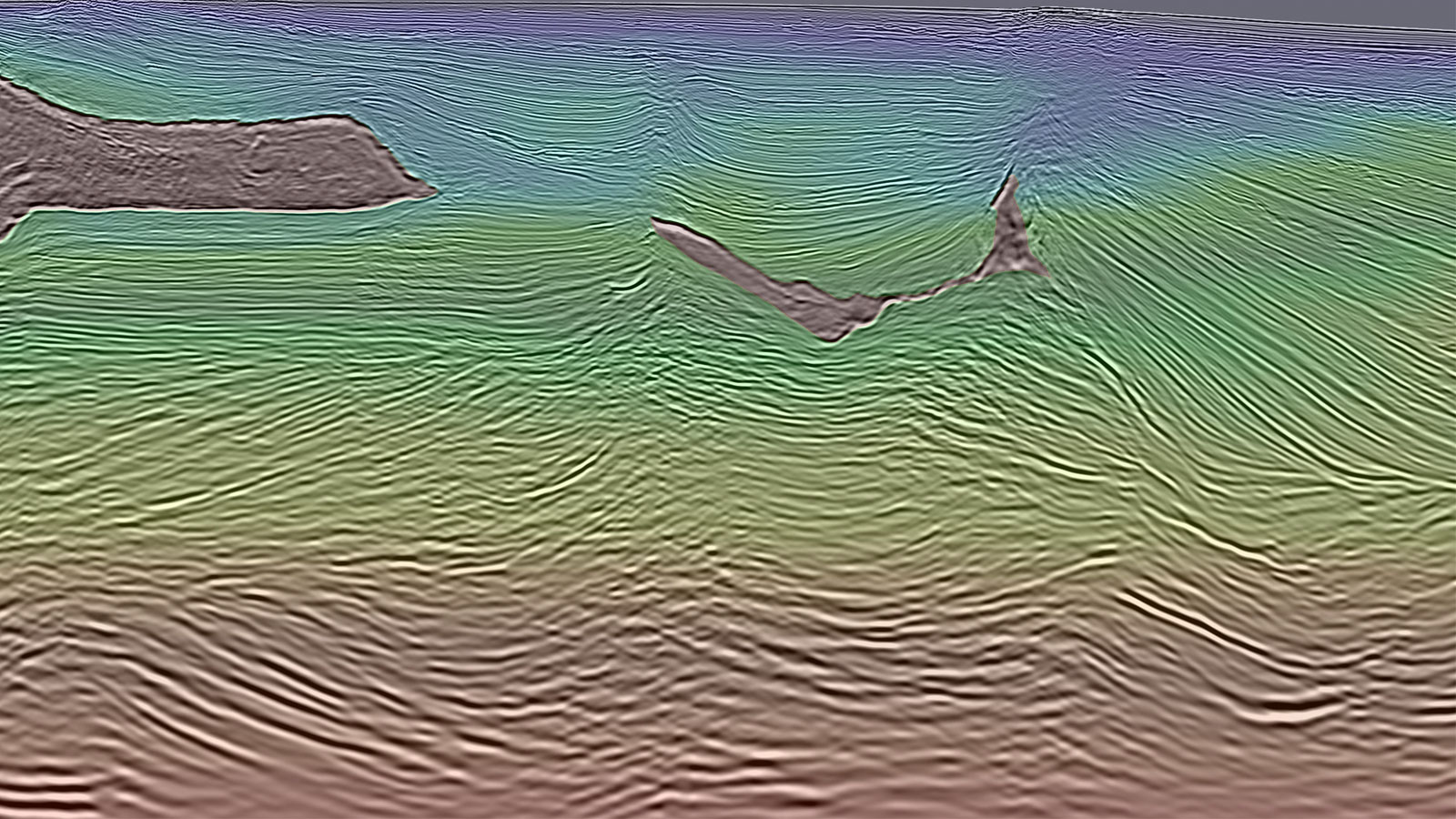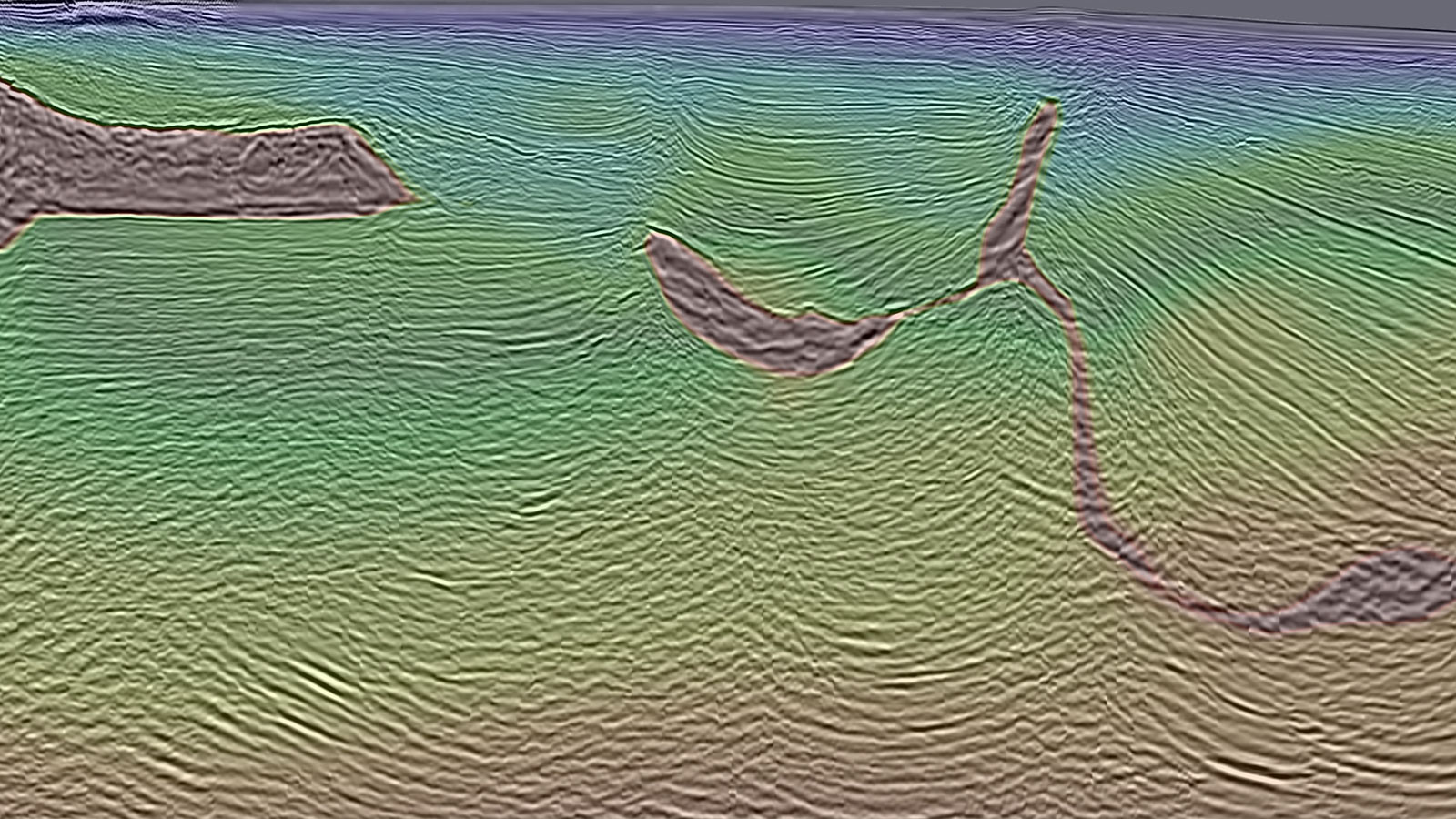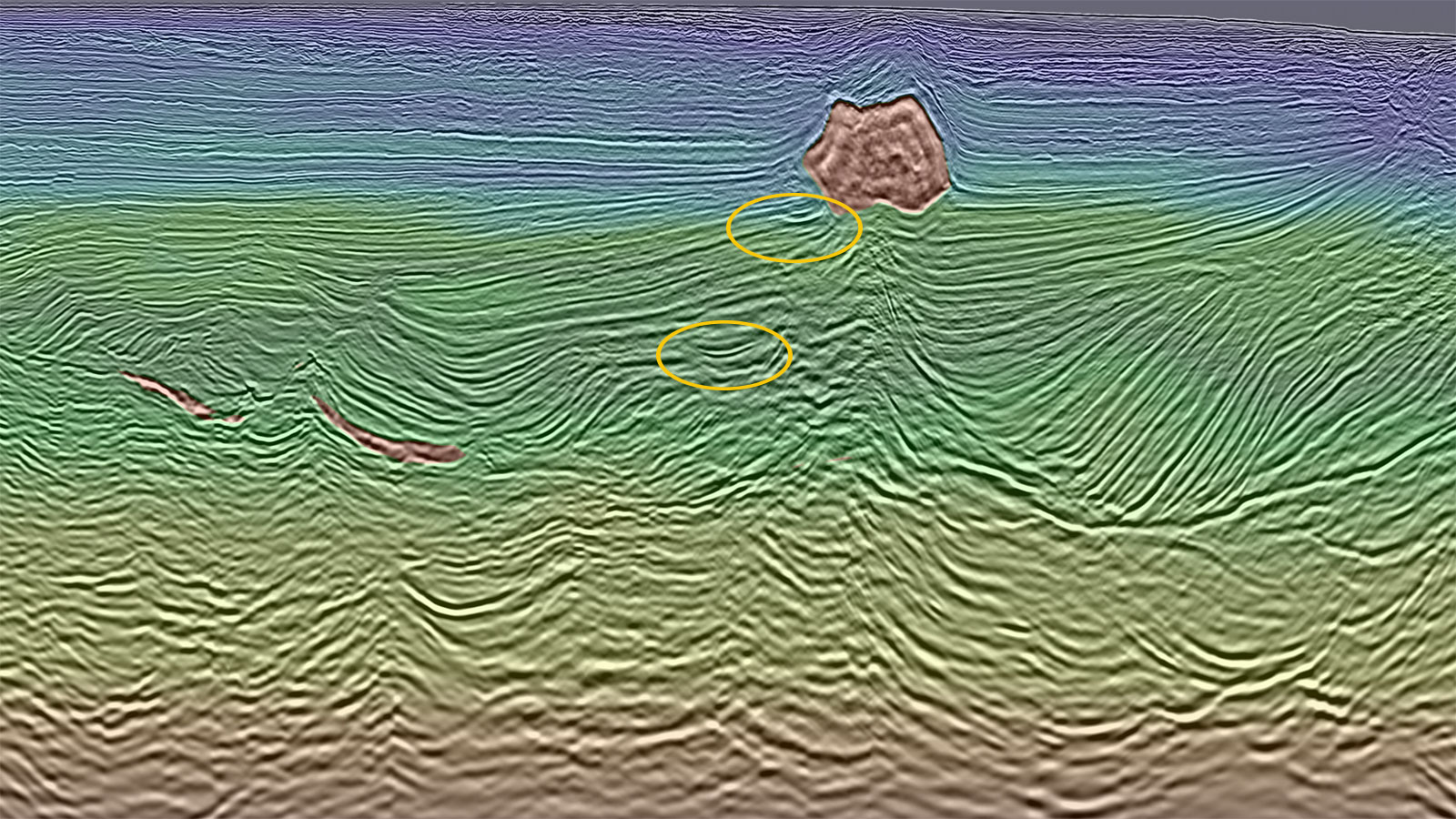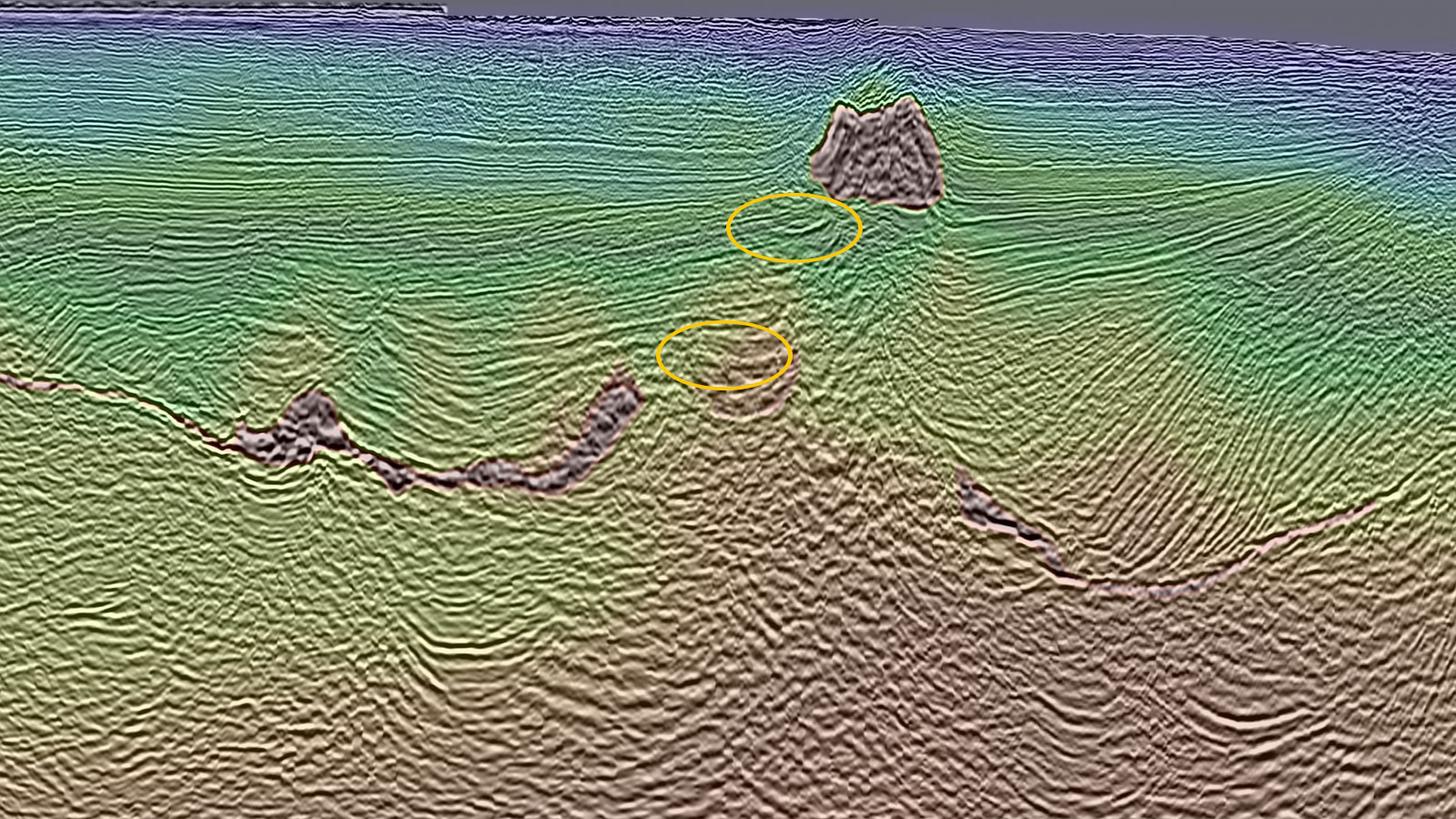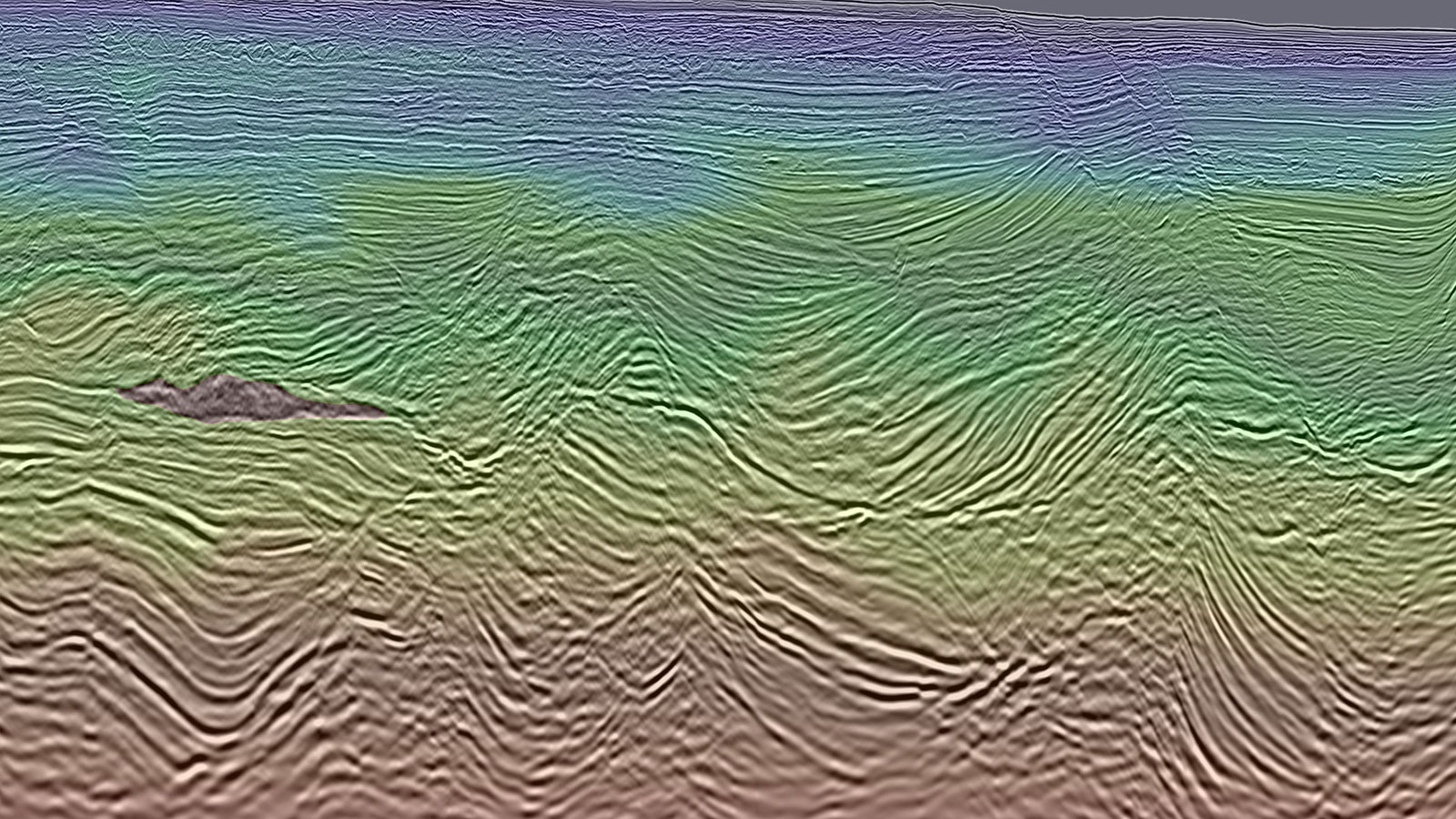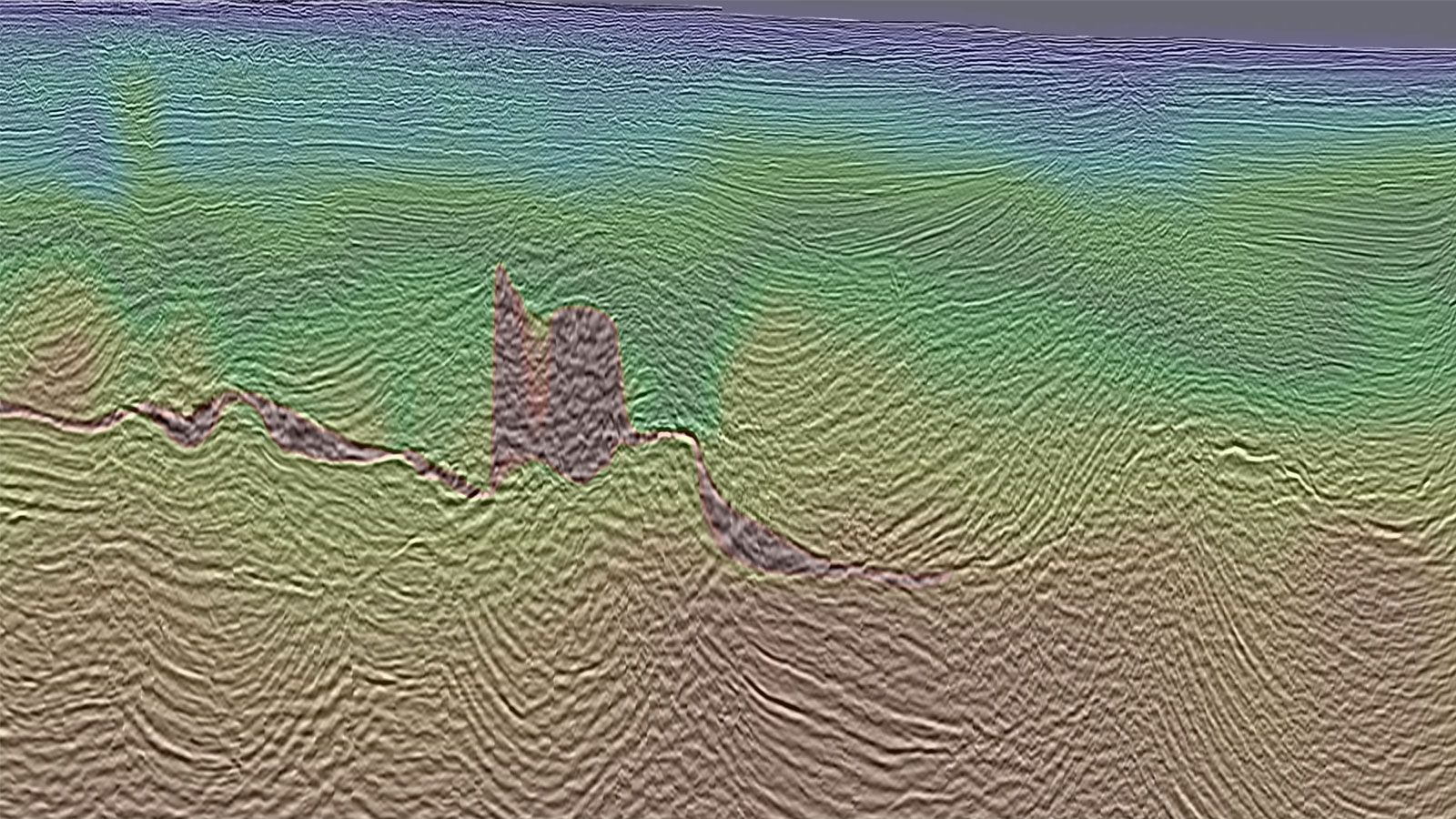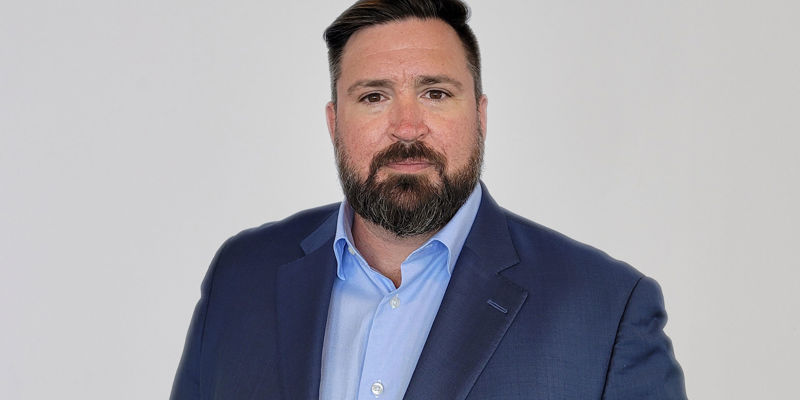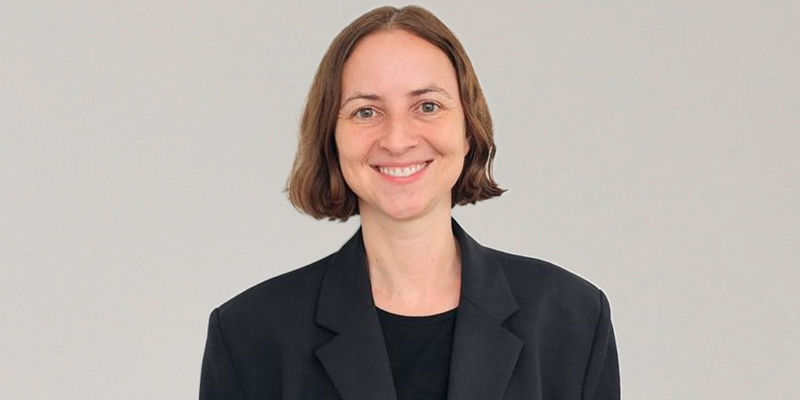Challenge
Due to substantial oilfield infrastructure, new seismic acquisition is difficult and expensive, so rejuvenation of legacy seismic data is a more cost effective solution. To exploit nearfield supra-salt reserves, high-resolution seismic images are needed that accurately position existing and new plays. Prolonging the life of subsalt fields, such as Mahogany and Hickory, is only possible by improving reservoir models and discovering deeper prospects from superior seismic imaging such as that offered by Flex Vision.
